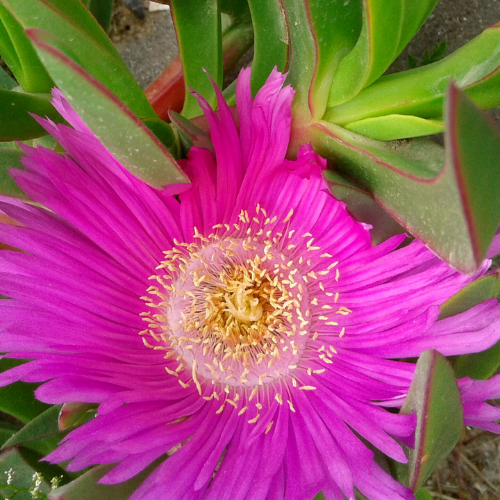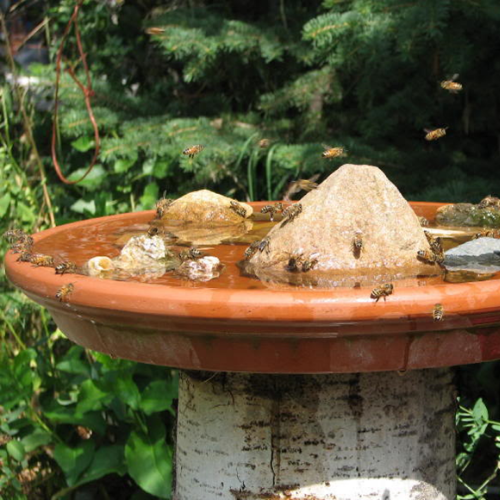Pollinators
Have you heard the buzz about Enfield Library?
Enfield Library has been home to an observational honey bee hive since late 2021. A native bee and insect hotel is also outside the library, visible from the windows near the Nintendo Switch and Teen books. The honey bee hive is managed by Beekeeper Josh.
Honey bees are pollinators, which are animals that help plants grow by transferring pollen between the male and female parts of plants. Honey bees are pollinators for flowers, fruits, and vegetables.
Approximately two thirds of Australia's crops require pollination from honey bees. These include not only fruits and vegetables, but nuts, seeds, and some of the feed crops for stock.
The bees are currently on holiday while a new house is being built for them.

| Pollinator Friendly Plants Planting specific "buzz " pollinator plants can provide an edge for native bees. This is because buzz pollinating (where bees use vibration to collect pollen) is done by native bees, but not by honey bees. Plants species such as Hibbertia, Flax Lilies, Chocolate Lilies, Solanums (including tomatoes), and Lasiopetalum (commonly known as velvet bushes) are all buzz pollinated. When using pesticides in your garden, avoid using systemic pesticides, as these can kill bees and other important pollinators. |

| Make Your Own Bee Bath Create an insect-friendly bird bath so bees can have access to water through the summer months. To make a bee bath you will need a shallow dish and rocks. Place the rocks around the dish to create island or 'landing pads' for the bees. Make sure when you add the water that the top of the rocks stay dry so the bees can safely get a drink. |

